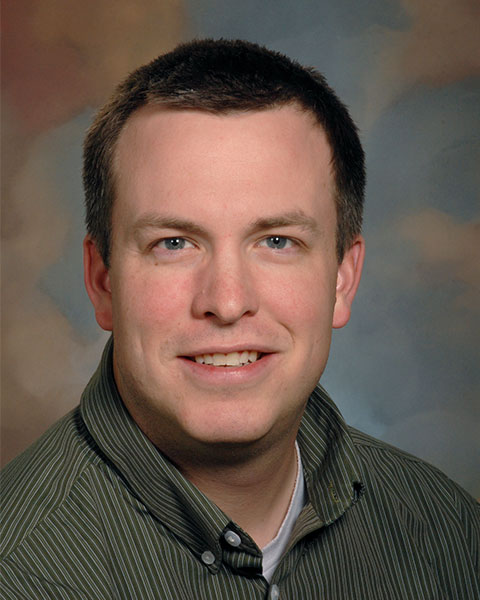Back
Introduction: The microsurgical testicular sperm extraction (mTESE) procedure has provided many men who suffer from non-obstructive azoospermia (NOA) the potential to father children. However, this procedure is costly and invasive with only moderate success rates. Failed mTESE surgeries are most often due to an inability to determine which patients are good candidates for the procedure. Using DNA methylation, we have identified signatures unique to sperm that, if applied to a seminal cell free DNA (cfDNA) assay, may have the potential to identify the presence of any sperm in the reproductive tract. This technique can easily be translated into a predictive test to determine candidacy for the mTESE procedure.
Methods: 50 purified sperm and 50 blood samples were assessed via methylation array to identify highly divergent methylation patterns between sperm and somatic tissue. Using Nanopore, targeted bisulfite sequencing of multiple regions was performed between 10 sperm samples and 10 blood samples to determine the patterns of methylation across each whole DNA molecule in both blood and sperm. One targeted site was used to analyze DNA from 18 testicular biopsies and cfDNA from 5 NOA semen samples with paired biopsy results to determine the power of the assay to predict outcomes.
Results: Over 40,000 differentially methylated sites were identified between sperm and somatic cells. We selected 15 regions to assess via targeted methylation sequencing based on the most consistent and highest magnitude differences (>0.85 fraction methylation). We found that only one site was needed for optimal prediction. At our selected locus, whole molecules of sperm derived DNA have a fraction methylation value of <0.11 over 99.9% of the time. In contrast, whole molecules of somatic derived DNA have a fraction methylation value of >0.72 over 99% of the time. Using these cutoffs we can assess testicular tissue and seminal cfDNA to determine the cell of origin of the DNA present. In both the testicular biopsy tissue and in the seminal cfDNA, if at least 50% of the DNA in an individual's sample was sperm derived, every biopsy performed identified sperm. However, If less than 25% of the DNA was sperm derived, no biopsy procedure identified sperm.
Conclusions: Our analysis can accurately discriminate between sperm and somatic DNA by assessing only one position in the genome. Based on early assessments in a small sample, applying this technique to seminal cfDNA in NOA patients could provide a noninvasive and clinically actionable predictor of mTESE success. SOURCE OF
Funding: N/A
Moderated Poster Session
Session: MP01: Infertility: Basic Research & Pathophysiology
MP01-01: Long read bisulfate sequencing of seminal cfDNA provides a robust prediction of the presence of sperm in the reproductive tract: implications for mTESE
Friday, April 28, 2023
7:00 AM – 9:00 AM CST
Location: S401A

Tim G. Jenkins, PhD
Brigham Young University
Poster Presenter(s)
Introduction: The microsurgical testicular sperm extraction (mTESE) procedure has provided many men who suffer from non-obstructive azoospermia (NOA) the potential to father children. However, this procedure is costly and invasive with only moderate success rates. Failed mTESE surgeries are most often due to an inability to determine which patients are good candidates for the procedure. Using DNA methylation, we have identified signatures unique to sperm that, if applied to a seminal cell free DNA (cfDNA) assay, may have the potential to identify the presence of any sperm in the reproductive tract. This technique can easily be translated into a predictive test to determine candidacy for the mTESE procedure.
Methods: 50 purified sperm and 50 blood samples were assessed via methylation array to identify highly divergent methylation patterns between sperm and somatic tissue. Using Nanopore, targeted bisulfite sequencing of multiple regions was performed between 10 sperm samples and 10 blood samples to determine the patterns of methylation across each whole DNA molecule in both blood and sperm. One targeted site was used to analyze DNA from 18 testicular biopsies and cfDNA from 5 NOA semen samples with paired biopsy results to determine the power of the assay to predict outcomes.
Results: Over 40,000 differentially methylated sites were identified between sperm and somatic cells. We selected 15 regions to assess via targeted methylation sequencing based on the most consistent and highest magnitude differences (>0.85 fraction methylation). We found that only one site was needed for optimal prediction. At our selected locus, whole molecules of sperm derived DNA have a fraction methylation value of <0.11 over 99.9% of the time. In contrast, whole molecules of somatic derived DNA have a fraction methylation value of >0.72 over 99% of the time. Using these cutoffs we can assess testicular tissue and seminal cfDNA to determine the cell of origin of the DNA present. In both the testicular biopsy tissue and in the seminal cfDNA, if at least 50% of the DNA in an individual's sample was sperm derived, every biopsy performed identified sperm. However, If less than 25% of the DNA was sperm derived, no biopsy procedure identified sperm.
Conclusions: Our analysis can accurately discriminate between sperm and somatic DNA by assessing only one position in the genome. Based on early assessments in a small sample, applying this technique to seminal cfDNA in NOA patients could provide a noninvasive and clinically actionable predictor of mTESE success. SOURCE OF
Funding: N/A
